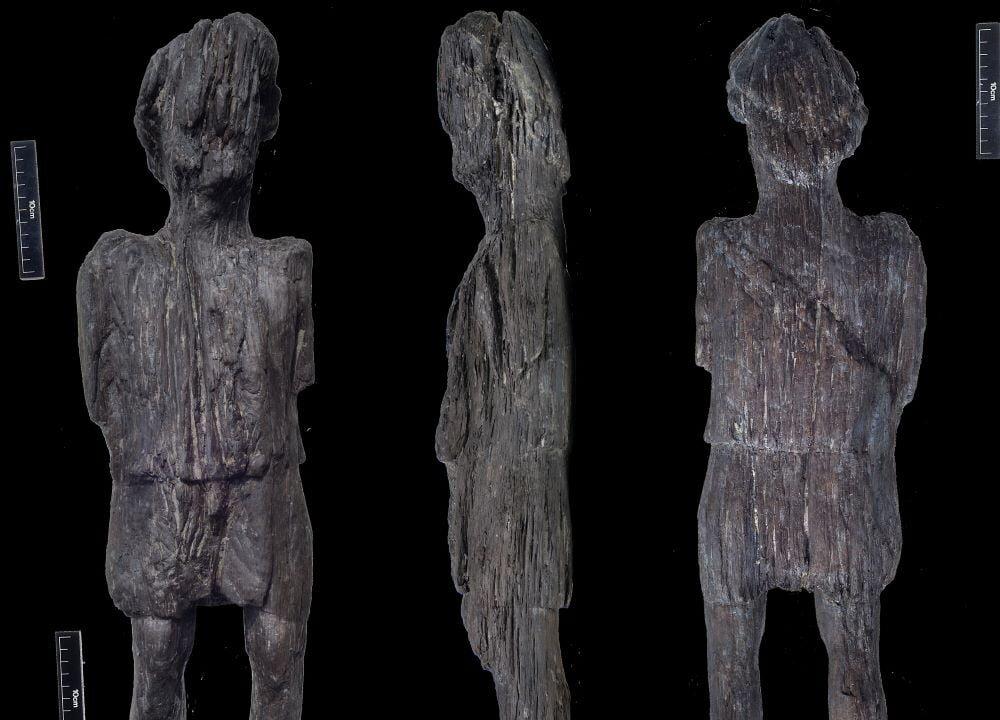A Roman wooden carved figure has been discovered in a waterlogged ditch during work on the HS2 project.
Archaeologist Iain Williamson described the survival of the well-preserved wooden figure as “extremely rare”.

A Roman wooden carved figure has been discovered in a waterlogged ditch during work on the HS2 project.
Archaeologist Iain Williamson described the survival of the well-preserved wooden figure as “extremely rare”.